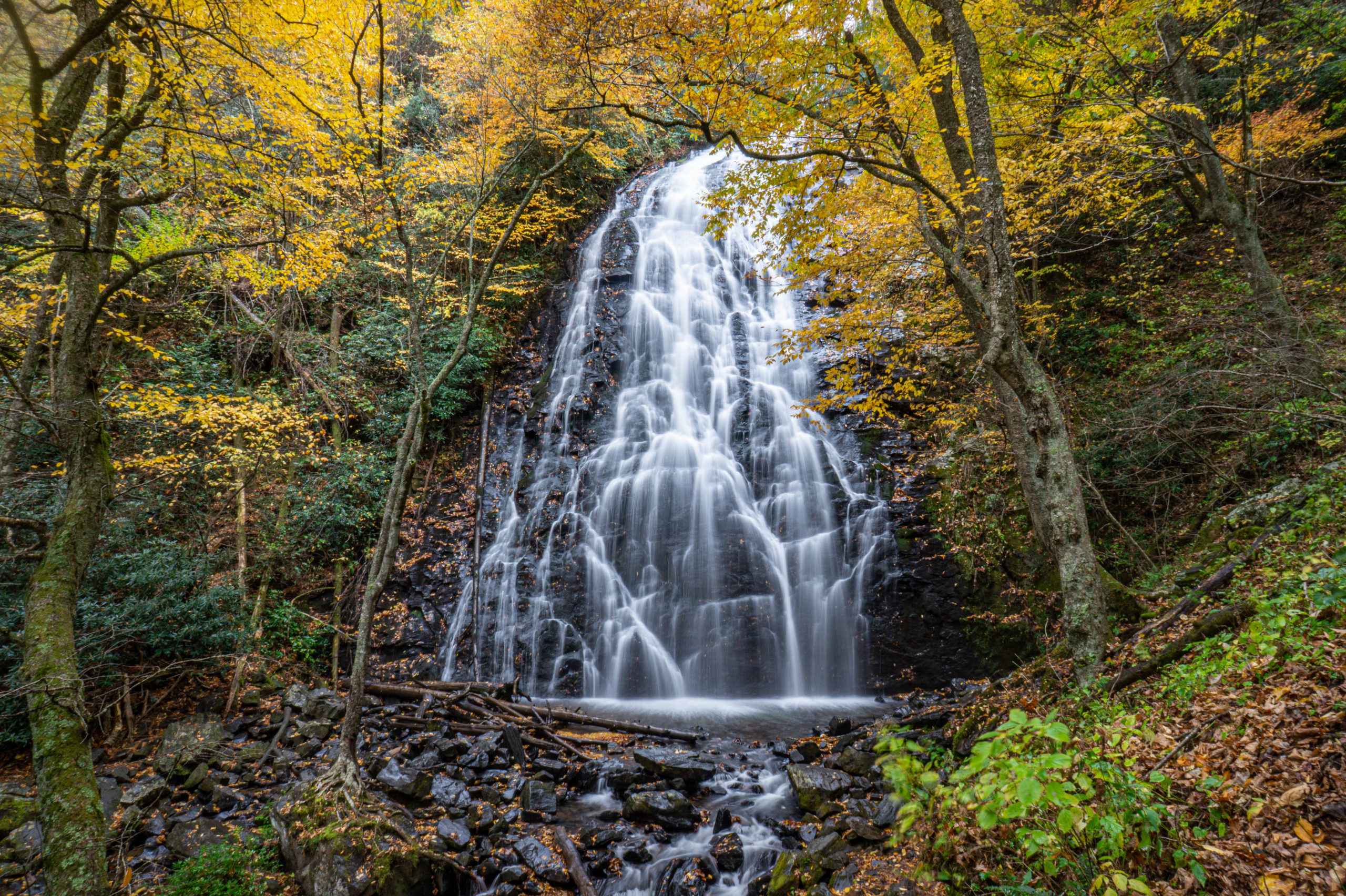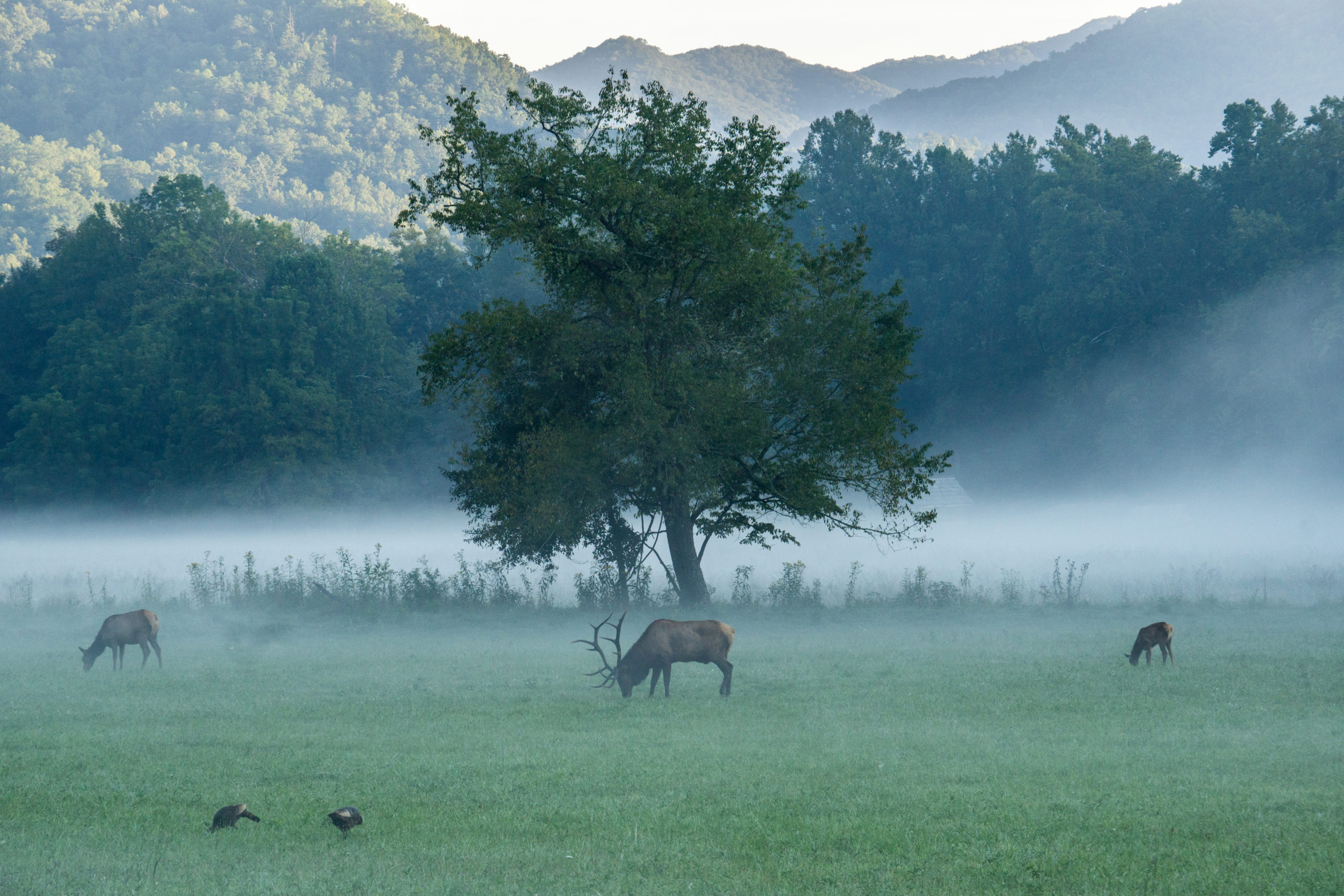
In the hiking world, a little planning can go a long ways to ensuring a fun, safe trip. As we move quickly into the heart of the 2023 hiking season with warmer weather and gorgeous, green views I thought it would be a good time to take a look at some basic safety tips for heading into the outdoors this year.
Anytime we head out to the trail, there are dangers to be faced. Many people are killed every year from falls, exposure, dehydration, and various other easily preventable events. We saw this here in our own backyard recently, with the death of yet another hiker on Mount Yonah. I wanted to take a post and instead of focusing on the pictures, focus on the journey to get them and the safety precautions required to do so. Below are my (hopefully) helpful tips for next time you head out on the trail.
- WATER. Here in Georgia, we know all about the heat. Afternoon highs in the summertime often soar well into the 80’s, even on the higher elevation trails, and the humidity can be suffocating. This is why it is very, very important to always carry enough water for whatever length hike you choose to do. This is one situation where too much is far better than too little. I personally try to drink 1 liter of water for every 3 miles I hike on the trail (roughly 1 liter/hour), but this may be too much or not enough for others.In regards to drinking from streams, be very careful due to contaminants in the water. There’s an old saying that “water purifies itself every 100 yards” which while partially true in rough-water environments, there are still more contaminants added during that hundred yard trip. If you are in a bind and must drink directly from a stream, get it from fast flowing sections rather than flat/still water. Also, the closer to the streamhead you can get the better. I’ve often drank straight from a spring, but even this carries some hazard. I would also recommend buying some water purification tablets to carry just in case. These can be picked up fairly cheap at most retailers that carry hiking supplies.
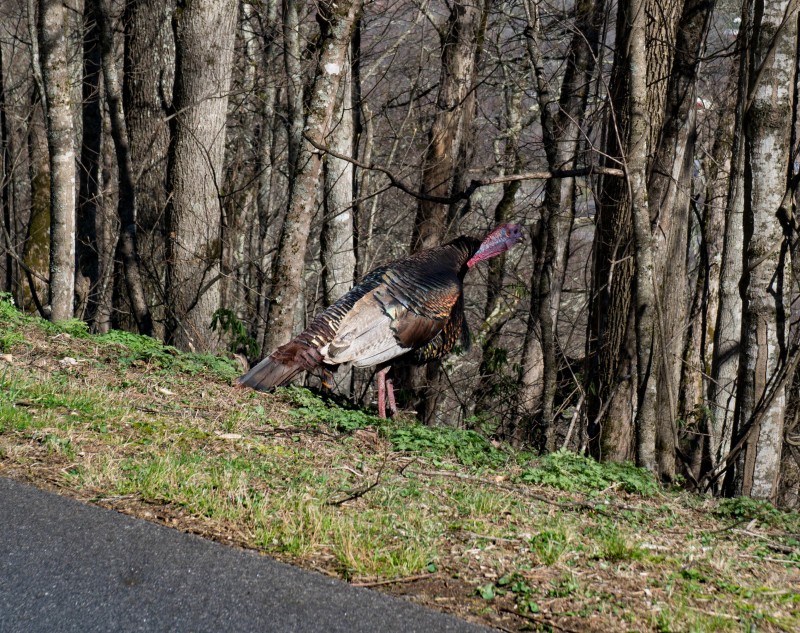
- FOOD. This is a given but I felt the need to include it: carry food. Cliff Bars are a personal favorite of mine on the trail, as well as peanut butter sandwiches. Trail mixes are also a good source of energy.
If you wind up lost in the woods, having some extra food is a big bonus, as edible berries are not always easy to find or identify.
- FIRST AID KIT. I cannot stress this enough: CARRY A FIRST AID KIT. It doesn’t have to be anything major, but the number of people I meet on the trail without one is staggeringly high. A basic kit of Band-Aids, gauze, wrap, and disinfectant wipes (alcohol or antibiotic) make a good minimum. I also recommend some sting-eze (any brand) and a snake venom remover. You obviously hope to never use these, but if you need them it’s best to have one handy.
Also, if you or someone you know is allergic to bees: don’t forget the EpiPen. And for those with asthma (no matter how minor), always have an inhaler.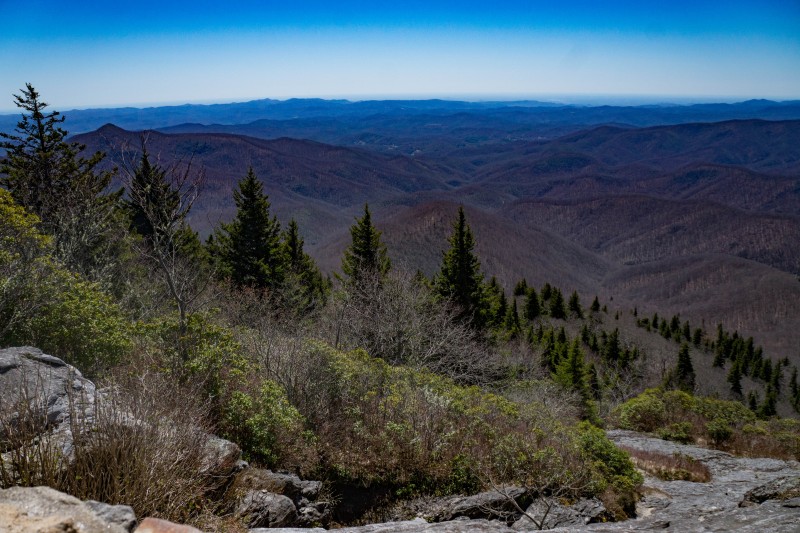
- A WAY TO GET ATTENTION: If you get off trail and injured, it may be a while before someone notices you are gone and attempts to find you. ALWAYS carry some way to get some attention. A hiking whistle is my personal recommendation as they are light and loud, but use whatever you feel most comfortable with. A flashlight is a necessity at night. I cannot count the number of times I have heard of rescues where the hiker only has a cellphone for a flashlight. While these may seem bright in your house at night they are not bright nor long lasting enough to trust on the trail. It is also a bad idea to run your cell battery dry as it may be the only way you have to contact the outside world.

- HEADLAMPS: Just to reiterate my last point: headlamps, headlamps, headlamps. Have one with you. Always. You never know when you may be stuck on the trail after dark and believe me, you don’t want to be stuck in the dark.
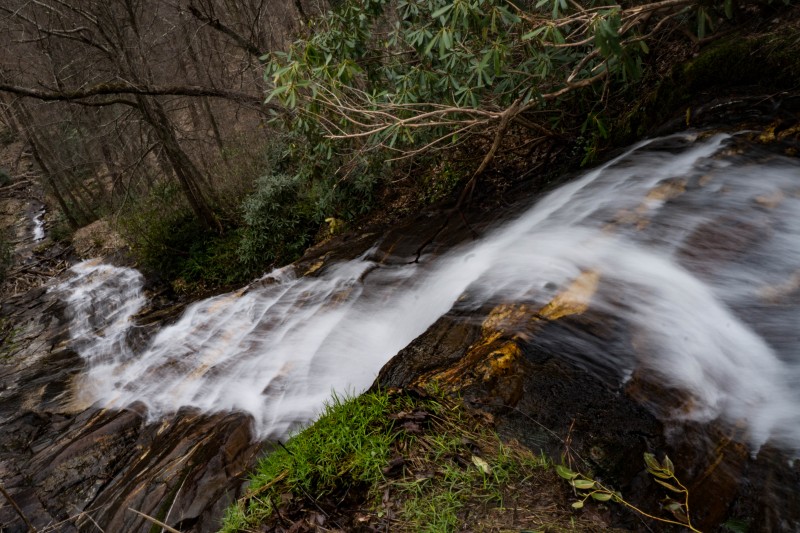
- DON’T STEP ON WET ROCKS: This is probably the easiest and most forgotten aspect of hiking. Many of the injuries/deaths in our region (especially Mount Yonah and Tallulah Gorge) come from people thinking it’s safe to step on a wet rock. Occasionally these rocks will have grip, but more often than not they won’t. The wet granite on Mount Yonah is especially slick (I’ve stuck a foot on to test), and should be avoided at any and all costs. This goes for not only Mount Yonah, but any high cliff areas with wet rocks.
As for crossing creeks: use caution. Rocks that stay wet all the time are generally more “grippy”, but can still be super-slick. Use extreme caution when creek-hopping and always do the one foot test first.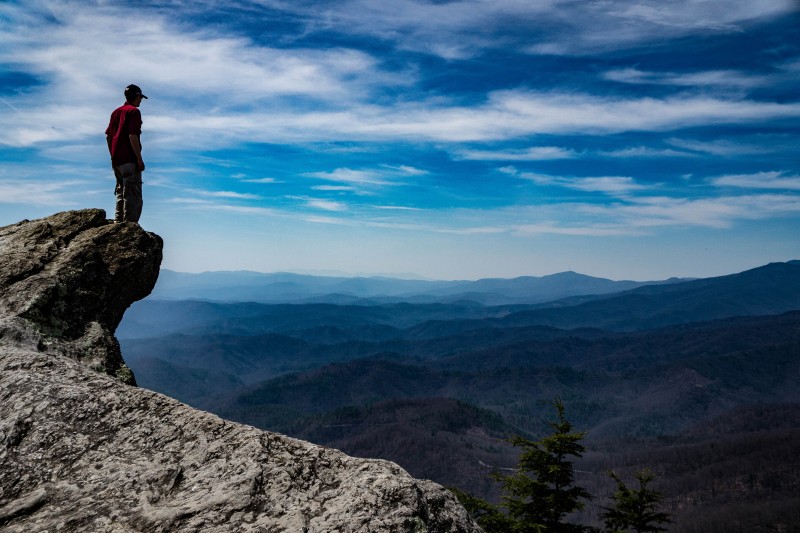
- USE COMMON SENSE AND OBEY ALL SIGNS: Last, but certainly not least, just use common sense. If something seems like a bad idea, it probably is. I have witnessed on several occasions people nearly fall into Tallulah Gorge because they thought it was a good idea to hop the fence and slide themselves down towards the edge. The signs are there for a reason, as one wrong step can end very poorly. As the saying goes: “the first step is a doozy”.
If you don’t feel comfortable doing something, don’t do it. I often walk right to the edge of cliffs, but not if I think there is more danger than necessary involved (mainly downward sloping cliff edges).Also remember: the signs are there not only for your, but also the environment’s protection. If a sign says “stay on trail”, DO IT.
So, as the summer hiking season continues, keep these safety tips in mind when out on the trail and have some fun, safe trips!
I’ll see you on the trail.

